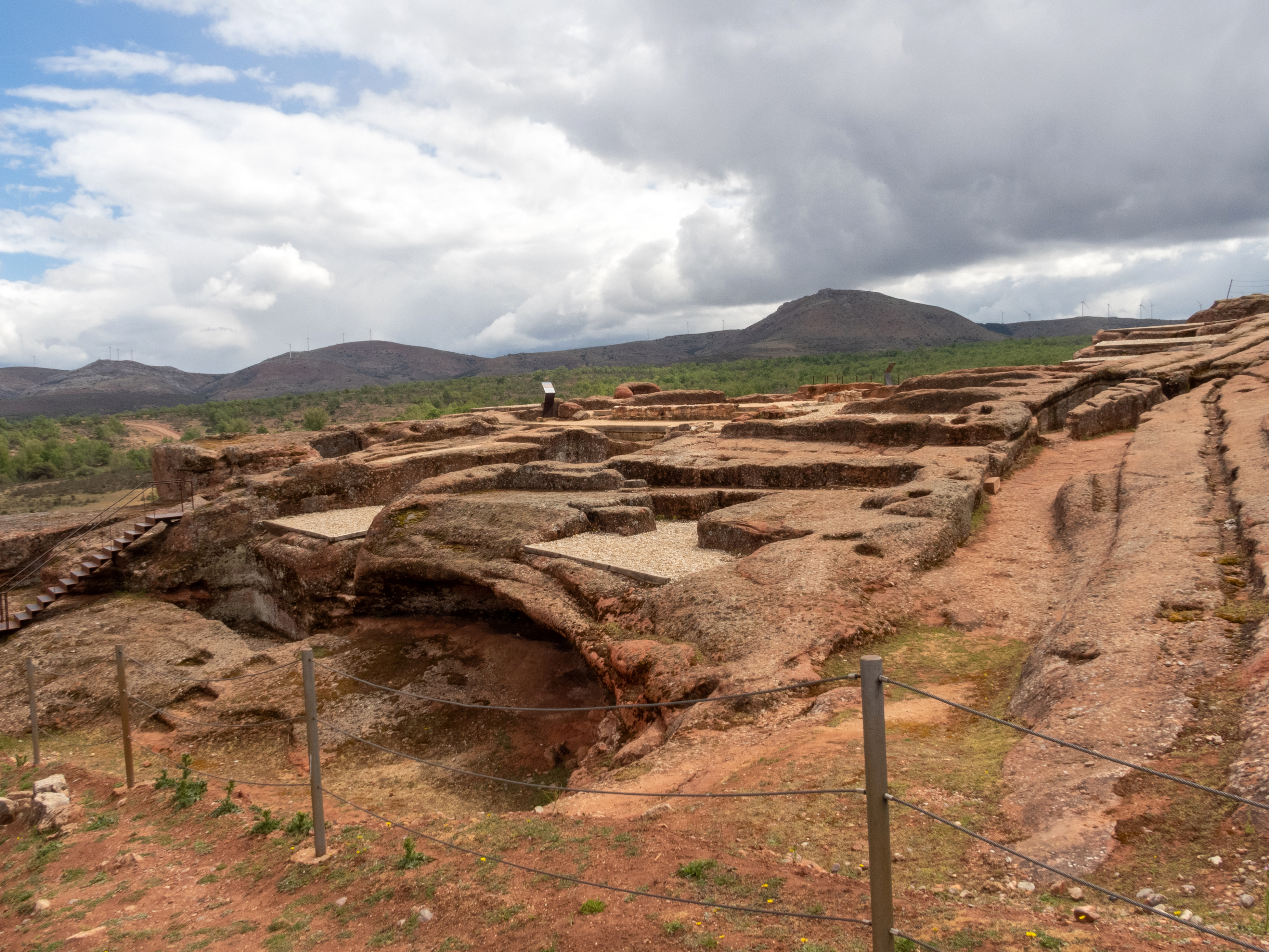
Recent Archaeological Discoveries 2023
As we step into the year 2023, the field of archaeology continues to uncover secrets of our past, offering new insights and challenging our understanding of history. This year has been particularly remarkable, with several significant discoveries across the globe. These findings not only shed light on ancient civilizations but also enhance our understanding of the cultural, technological, and environmental aspects of our ancestors.
The Lost City in the Sahara Desert
In a groundbreaking discovery, archaeologists unearthed an ancient city buried beneath the sands of the Sahara Desert. This city, believed to be over 4,000 years old, provides unprecedented insights into the life and culture of early civilizations in North Africa. The city is remarkably well-preserved, with intact structures, pottery, and artifacts that depict the daily life of its inhabitants. This discovery is particularly significant as it offers a new perspective on the prehistoric communities that thrived in what is now a harsh desert environment.
Ancient Viking Ship in Norway
In Norway, the discovery of a Viking ship burial site has excited historians and archaeologists alike. The ship, dating back to the 10th century, was found near the coastal town of Sandefjord. It is remarkably well-preserved, with intricate carvings and a treasure trove of artifacts, including weapons, jewelry, and tools. This discovery is vital in understanding Viking burial customs and their maritime technology, which was central to their way of life and conquests.
Mayan Megalopolis in Guatemala
The jungles of Guatemala revealed a stunning find: a sprawling Mayan megalopolis previously hidden under dense vegetation. Using advanced LIDAR (Light Detection and Ranging) technology, researchers were able to map out a vast network of cities, temples, and roads that formed an extensive Mayan civilization. This discovery challenges previous estimates of the scale and complexity of the Mayan society and offers new insights into their agricultural practices, trade, and urban planning.
Ancient Chinese Tombs
In China, archaeologists uncovered a series of ancient tombs belonging to the Western Han Dynasty (206 BCE - 9 CE). These tombs, located in the Jiangsu Province, contain a wealth of artifacts, including jade, pottery, and bronze items. The most striking find was a well-preserved jade burial suit, which was believed to protect the deceased in the afterlife. This discovery provides valuable information about the burial customs, craftsmanship, and social hierarchy of the Han Dynasty.
Egypt's Sunken Treasures
Off the coast of Alexandria, Egypt, underwater archaeologists discovered a sunken city dating back to the Ptolemaic period (305-30 BCE). The city, known as Thonis-Heracleion, was once a bustling port city but was submerged under the Mediterranean Sea over a thousand years ago. The discovery includes monumental statues, gold coins, and remnants of temples. This find is significant as it provides a glimpse into the rich cultural and economic life of ancient Egypt during the Ptolemaic era.
Ice Age Art in Indonesia
On the island of Sulawesi in Indonesia, researchers discovered ancient cave paintings believed to be over 44,000 years old. These paintings depict human-like figures with animal characteristics and are considered the oldest known narrative artwork in the world. This discovery challenges the Eurocentric view of the origins of art and suggests that the ability to create symbolic art was a fundamental part of early human cultures across the globe.
Roman Villa in England
In the English countryside, the remains of a large Roman villa were unearthed, offering a unique insight into Roman life in Britain. The villa, dating back to the 3rd century AD, includes elaborate mosaics, a bathing complex, and evidence of a sophisticated heating system. This discovery is important for understanding the extent of Roman influence and technological advancements in Britain during their occupation.
Pre-Columbian Artifacts in Brazil
In Brazil, archaeologists found a collection of Pre-Columbian artifacts in the Amazon rainforest. These artifacts, including pottery, tools, and ornaments, provide evidence of advanced civilizations in the Amazon basin that thrived long before European contact. This discovery challenges the long-held perception of the Amazon as a sparsely populated wilderness and suggests a complex history of human settlement and environmental management.
Neolithic Settlement in Sweden
A Neolithic settlement, dating back over 9,000 years, was discovered in Sweden. The site, located near the town of Motala, includes well-preserved wooden structures, tools, and pottery. This discovery provides a rare glimpse into the daily life, housing, and community structure of early hunter-gatherer societies in Northern Europe.
Ancient Greek Temple in Cyprus
Finally, in Cyprus, the ruins of an ancient Greek temple dedicated to the goddess Aphrodite were uncovered. The temple, dating back to the 1st century BCE, contains inscriptions, sculptures, and ritual objects. This find is significant in understanding the religious practices and cultural influence of ancient Greece in the Mediterranean region.
These discoveries, each unique and significant in their own right, contribute to a deeper understanding of our shared human history. They remind us of the complexities and richness of past civilizations and the enduring legacy they leave behind. As we continue to explore and uncover the mysteries of our past, we not only enrich our knowledge but also gain a greater appreciation for the diverse tapestry of human culture and achievement.
